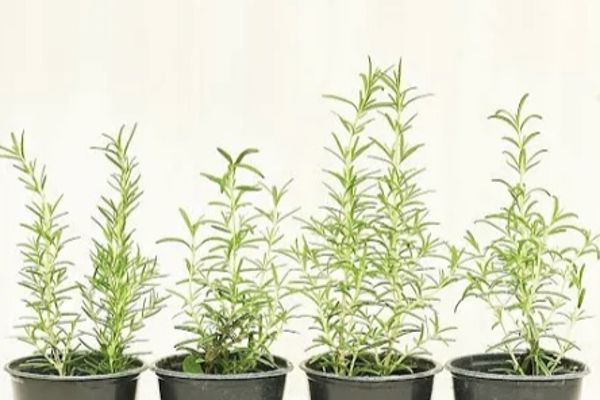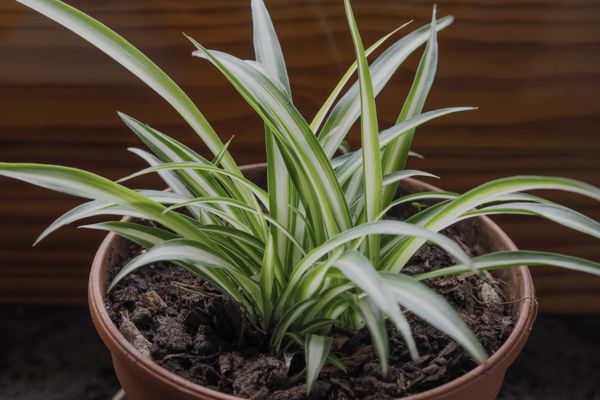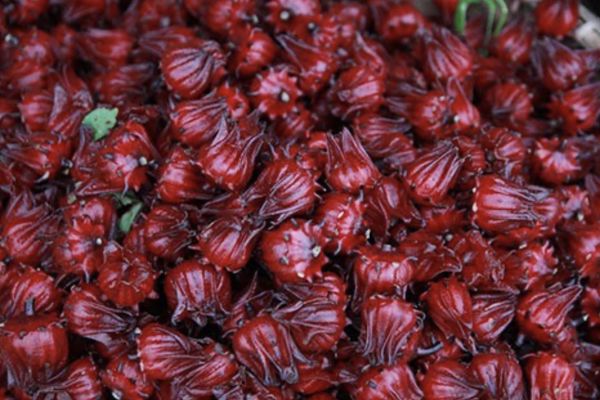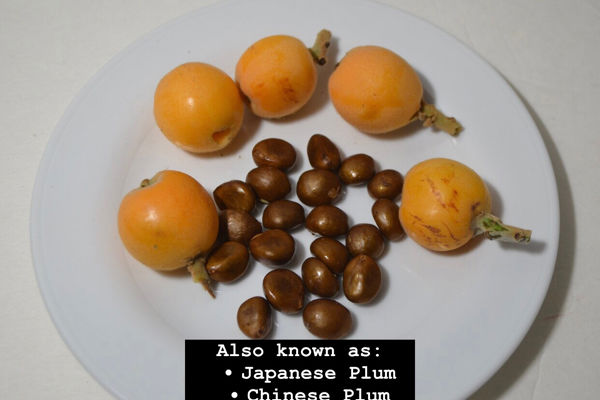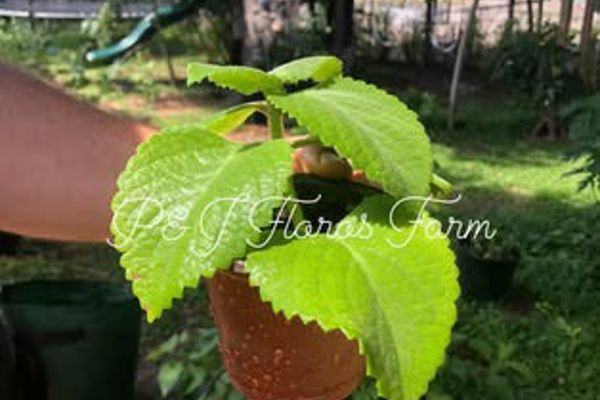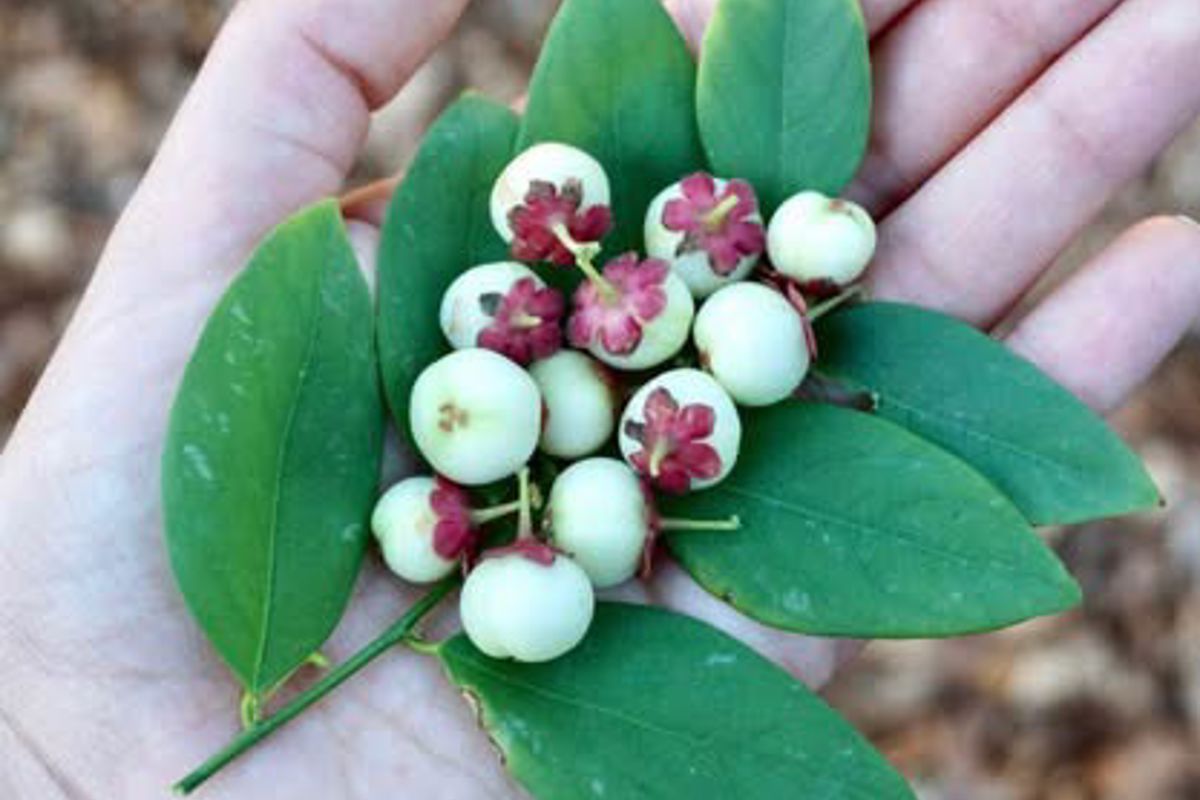
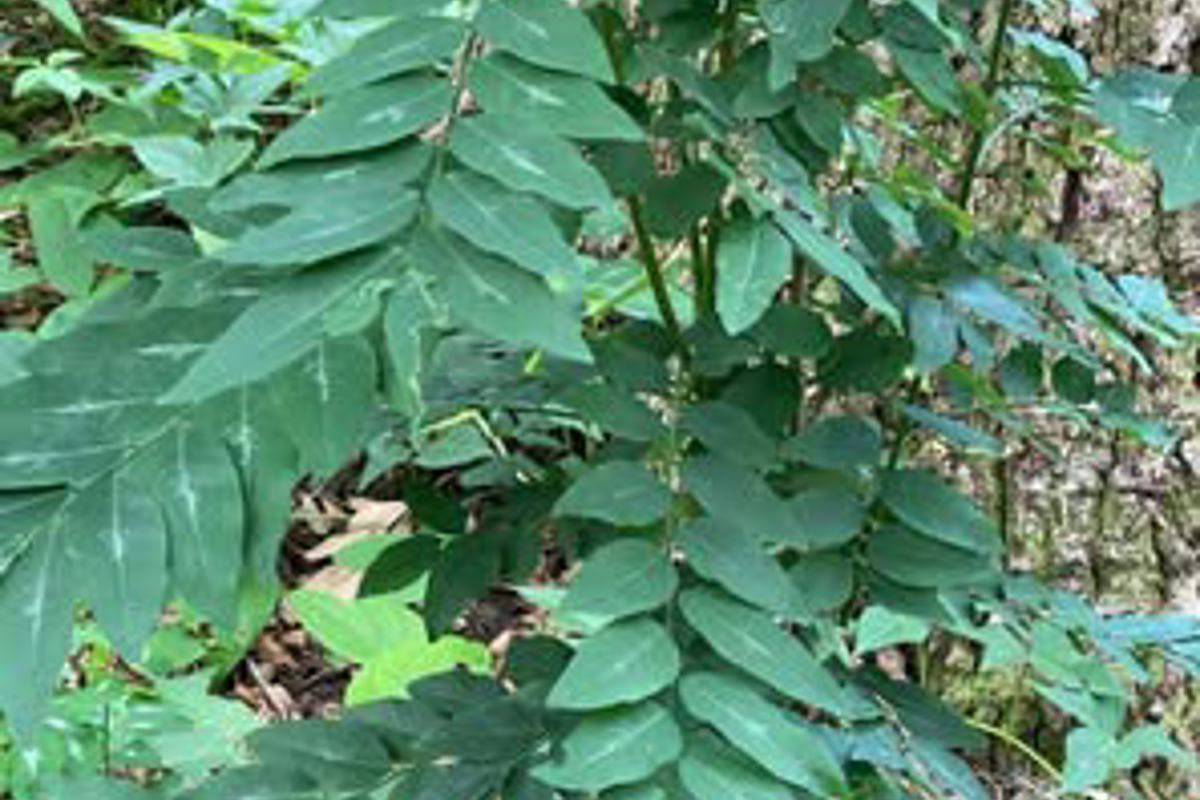
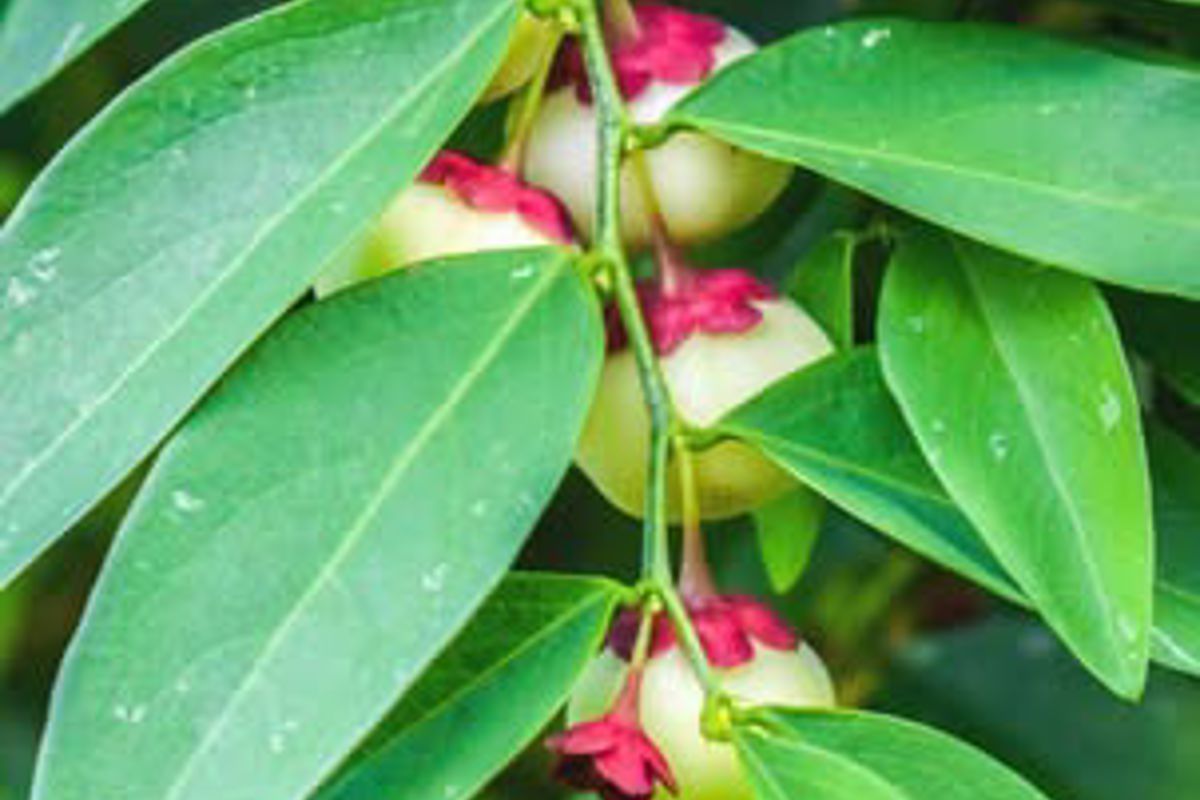
Katuk (Sauropus androgynus)
Product information
$22.00
Description
Katuk (Sauropus androgynus), also known as sweet leaf, is a highly nutritious, tropical perennial shrub commonly grown as a vegetable in Southeast Asia. It is prized for its tender leaves, which have a nutty, slightly sweet flavor and are used in a variety of dishes. Growing zones: USDA zones 9–11 Outdoor Growing: • Ideal for tropical and subtropical regions where temperatures rarely drop below 40°F (5°C). • Can be grown year-round in zones 9–11 with proper care. • Cooler Zones: • In zones 8 and below, Katuk can be grown in pots and brought indoors during the colder months. • Protect from frost and cold winds, as the plant is sensitive to freezing temperatures. Characteristics • Appearance: • A bushy shrub that grows up to 6–10 feet tall. • Leaves are oval-shaped, dark green, and glossy. • Small red or yellow flowers grow along the stems, often hidden beneath the foliage. • Edible Parts: • The leaves are used in soups, salads, stir-fries, and curries. • Can be eaten raw or cooked; cooking enhances the flavor and softens the leaves. 2. Nutritional Benefits: • High in protein, fiber, vitamins A, B, and C, and minerals like calcium and iron. 3. Medicinal Uses: • Traditionally used in some cultures for promoting lactation and improving digestion The berries are edible and mildly sweet but are less commonly used than the leaves. • They can be eaten fresh, added to salads, or used as a garnish. • The seeds inside the berries are also edible
Full Transparency
P&J Floros Farm
Organic from our farm
Lady Lake Fl
About the farmstand: P&J Floros Farm

- About P&J Floros Farm
-
Working for God helping people grow food🌱🙌🏻🙏✨
- Accepted payment methods
-
- Venmo
- @Jessica-Floros
- Social Media
-
- https://www.instagram.com/pj_floros_farm
- Location
-
- Address (Approximate)
- 32159 - The Villages, FL
- City
- The Villages
- State
- FL
- Zip
- 32159


